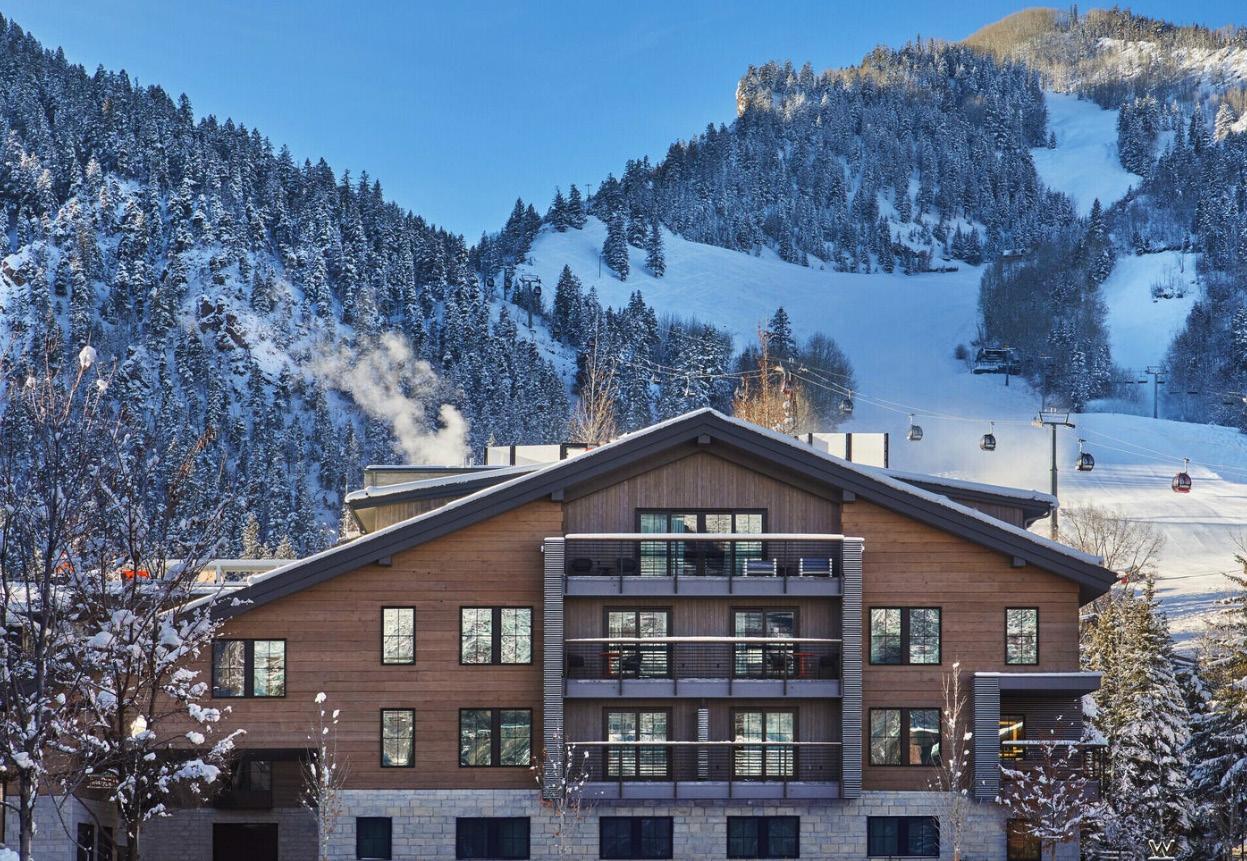
THIRD QUARTER 2024 MARKET REPORT
Report Written
By:
Elliot F. Eisenberg, Ph.D.
Source: Aspen Board of Realtors Multiple Listing Service


THIRD QUARTER 2024 MARKET REPORT
Report Written
By:
Elliot F. Eisenberg, Ph.D.
Source: Aspen Board of Realtors Multiple Listing Service
The national economy, when viewed from the 30,000-foot level, appears to be performing well, but beneath the surface, there are underlying issues that could pose significant challenges. Recent revisions have shown GDP growth in Q2 to be 3%, indicating a solid economic foundation and forecasts for 24Q3 are around 2.75%. This growth suggests that the economy is expanding at a steady pace.
Inflation has come down nicely, not yet at the Fed’s preferred 2%, but the Personal Consumption Expenditures (PCE) index, the Federal Reserve’s preferred measure of inflation, is now in the mid-2% range, and both core and headline inflation are expected to be in the low 2% vicinity by the end of the year. The slow decline in inflation is at least partly due to the way rents are measured, with market rents showing little movement year over year, but with the official data still reflecting meaningfully large increases. The slow but steady decline in inflation is unequivocally good for the economy.
“Looking forward, while the overall national economy remains very solid, there are underlying issues that could pose significant challenges. The labor market’s weakness...”
Despite positive indicators in GDP growth and inflation, the labor market has been showing signs of weakness, although the most recent data is excellent. Over the last year and a half, unemployment rates have been rising, job vacancies have decreased, and quit rates are down. Downward trends in employment typically indicate a broad-based deterioration in the labor market and historically, a weakening labor market has been a precursor
to recessions. The Federal Reserve’s recent rate cuts are a response to these troubling signs, but there are concerns that the cuts may be a bit too late to prevent a recession. However, the positive September jobs report and recent revisions to income data suggest that the Fed is on target for a soft landing.
One of the brightest spots in the current economic landscape is the resilience of consumer spending. While consumers have been maintaining their spending levels by exhausting COVID savings, reducing savings rates, and maximizing credit card limits, the recent upward revisions to income suggest households have substantially more income than originally suspected. Additionally, strong home equity has provided a buffer for many homeowners. As interest rates come down, more homeowners may be able to refinance their mortgages, providing additional financial relief. Strong consumer spending has helped mitigate the impact of a weakening labor market.
Looking forward, while the overall national economy remains very solid, there are underlying issues that could pose significant challenges. The labor market’s weakness is particularly concerning, and the Federal Reserve’s recent rate cuts reflect the seriousness of the situation. However, consumer resilience and strong home equity provide hope that the economy can weather these challenges. The coming months will be critical in determining whether the economy can dodge a recession or if we eventually experience the long-delayed economic downturn. Even if a recession does occur, it is expected to be a “garden variety” recession, similar to those experienced during the S&L crisis or the dot-com bust, rather than a severe economic collapse like 2008-2009.
The housing market is currently experiencing a dichotomy, with existing home sales struggling mightily while new construction shows some resilience. Sales of existing homes have been scraping the bottom of the barrel for nearly a year, with numbers remaining at historically low levels despite the recent declines in interest rates. August closed sales came in at a seasonally adjusted annualized rate of 3.86 million, down 2.5% M-o-M and 4.2% Y-o-Y. This marks the 36th straight month of Y-o-Y sales declines, and August was the third straight month of sub-4 million sales, a level rarely seen. Nationwide, inventories are now at 4.2 months, up from 3.3 last August. Even with rates recently dropping 110bps, we don’t expect to see an immediate improvement in sales, as many potential buyers will wait for further action by the Fed to lower rates before jumping back into the market and letting go of the sub-4% mortgage they locked-in during 2021-2022.
“High prices, high mortgage rates, and a limited supply of available homes have combined to create a painfully sluggish housing market over the last several years. However, we are finally seeing signs of a...”
In terms of home prices, while the national August median home price was up 3.1% Y-o-Y to $416,700, this was the second consecutive month that home prices declined M-o-M. Because inventory remains relatively tight but rising, prices continue to appreciate, albeit at a slower rate. This still-tight market, combined with high prices, has deterred many potential buyers, leaving only the most desperate to purchase homes. The good news is that the market has hit its lowest point, but the speed of recovery remains most uncertain.
The new construction market, particularly multifamily housing, is facing its own set of challenges. Higher interest rates have increased capitalization rates, reducing property values and making new projects less attractive. Despite this, total completions for the year are expected to be high due to projects initiated during the COVID-19 pandemic. However, with rents stagnating and vacancies slightly increasing, the outlook for new multifamily construction remains bleak, at least in the short run, and the influx of new supply makes a quick turnaround unlikely. Single-family home construction is also feeling the impact of high interest rates, which have slowed the overall economy, but starts have nonetheless been surprisingly strong by historical standards. However, large-scale builders are struggling with lower earnings as they offer significant incentives to attract buyers.
Eisenberg comments: “High prices, high mortgage rates, and a limited supply of available homes have combined to create a painfully sluggish housing market over the last several years. However, we are finally seeing signs of a more balanced market, as we are now at a 4.2-months’ supply of inventory at the national level. As mortgage interest rates hopefully further decrease in 2025, there should be a sales rebound on the horizon. However, outside factors like high insurance costs and property taxes may very well act as a damper even as rates decline. Overall, the housing market is in a state of flux, with significant challenges ahead, but I’m convinced the worst is behind us.
Unemployment in Colorado in August was 4.0% compared to 3.2% a year ago and a peak of 11.7% in May 2020. For comparison, the pre-pandemic rate was 2.8%. Colorado’s rate remains slightly below the July national average of 4.3%. Statewide continuing claims for unemployment for the week of 06/29/24 were 26,866, compared to a pre-pandemic level of 20,735, while a year ago it was 18,800. In Pitkin County, the July unemployment rate was 3.5%, the highest July rate since 2021. A year ago, it was 2.6% and by comparison, preCovid in November 2019 it was 5.7%.
“While the market is softening, it also shows signs of resilience, and it is likely we will see a meaningful increase in buyer activity as interest rates hopefully...”
Statewide, the September 2024 median price of a single-family home was $575,000, the same as last September, while the yearover-year average price declined 3.4% to $738,534. In the condo/townhome market, the year-over-year median price dipped 1.5% to $422,454, while the average price declined 3.8% to $556,204. Through September, closed sales across the state are down 3.8% while new listings are up 10.4% from last year. There were 27,204 active listings statewide at the end of September, up 16.4% compared to last year and representing 3.9 months’ supply of inventory. Across the state, the percentage of list price received at sale was 98.5%, down from 98.7% a year ago. Through September 2024, the average home spent 55 days on the market until sale, up from 46 days last year.
As active listings increase and approach pre-pandemic levels, the Colorado housing
market is in the process of shifting from a strong sellers’ market to one that is a little more balanced. While inventory levels increased, with 3.9 months’ worth of housing inventory available statewide, buyers still seem hesitant to jump back into the market, perhaps because they are waiting for further rate cuts, or maybe the outcome of the presidential election. We saw a cooling in the market during 24Q3, with median home prices stabilizing, rather than dropping significantly. While the market is softening, it also shows signs of resilience, and it is likely we will see a meaningful increase in buyer activity as interest rates hopefully drop later in the year and into 2025. Overall, the market is in a state of cautious adjustment, balancing increased supply with tempered demand.
The median price of a single-family home in Aspen through September 2024 was $13.05 million, a 5% gain compared to 23Q3, while the average price increased 24% to $19.9 million. Aspen townhomes and condominiums had a median price of $3.25 million, down a slight 1.0% from last year, and an average price of just over $4.7 million, down 10.0% from last year. In Snowmass Village, the single-family median price increased 8% to $7.2 million, while the average price rose 9% to just over $8.6 million. Snowmass Village townhomes and condominiums saw a moderate 3% gain in median price to just under $1.9 million, while the average price rose 14.0% to just under $2.6 million.
“Economic conditions have been a boon for the higher income classes, as recent data revisions have shown significant gains in corporate and private profits, as well as...”
Across the Aspen/Snowmass Village area, closed sales were down 12.0% compared to last year but prices pushed overall sales volume up a slight 1.0% to just over $1.8 billion. The percentage of sold price to original listing price compared to last year declined by 2% for Aspen single-family homes (to 92%), but the ratio for Snowmass Village single-family homes increased from 92% to 94%. Days on market increased for both Aspen single-family and townhomes and condos, while in Snowmass Village, average days on market for singlefamily homes rose but condos and townhomes sold much faster and had the shortest time on the market for any property type at 102 days.
The economic landscape of the last several years has been especially beneficial for tech hubs like Silicon Valley and affluent areas such as Aspen. Economic conditions have been a boon for the higher income classes, as recent data revisions have shown significant gains in corporate and private profits, as well as net interest income. These revisions revealed an upward adjustment of $837 billion, highlighting substantial wealth accumulation among the rich. This newfound understanding explains not
only the robust consumer spending observed among the wealthy but also the increased activity and staggering price appreciation in the luxury housing market.
A September Zillow report named Pitkin County, home of Aspen and Snowmass Village, as the U.S. county with the second highest typical home value at $2.4 million, second only to Nantucket County at $2.7 million. Stories about luxury home sales in Aspen and Snowmass Village regularly appear in leading business and investment journals, all showing that buyers continue to look at the Aspen and Snowmass Village market for their dream home. As prices within the City of Aspen continue to increase with limited availability, new developments in Snowmass Village are offering more options and price points for buyers considering the area. Dr. Eisenberg sums up: “With the stock market doing as well as it has because of the outsized performance of the tech sector, combined with the high desirability and lifestyle of the Aspen and Snowmass Village area, I would suspect that home prices in the area will only continue to impress.”

The median price for a single-family home in Aspen through September 2024 was $13.05 million compared to a median sale price of $12.4 million for the same period last year. The average price through September 2024 was almost $20 million, compared to $16.1 million for the same period last year.
There were 51 closed sales through the end of September, a 19% decline compared to 2023, but overall dollar volume was flat at just over $1 billion. The average sold price per square foot increased 4% to $3,362.
As of the end of September, there were 87 single-family homes on the market, compared to 78 at the same point last year.
The most expensive single-family home sold in Aspen through September 2024 was a record $108 million, compared to a $76 million sale during the same period in 2023.
Days on market increased from 153 to 257, while the percentage of sold price to original listing price declined slightly from 94% to 92%.
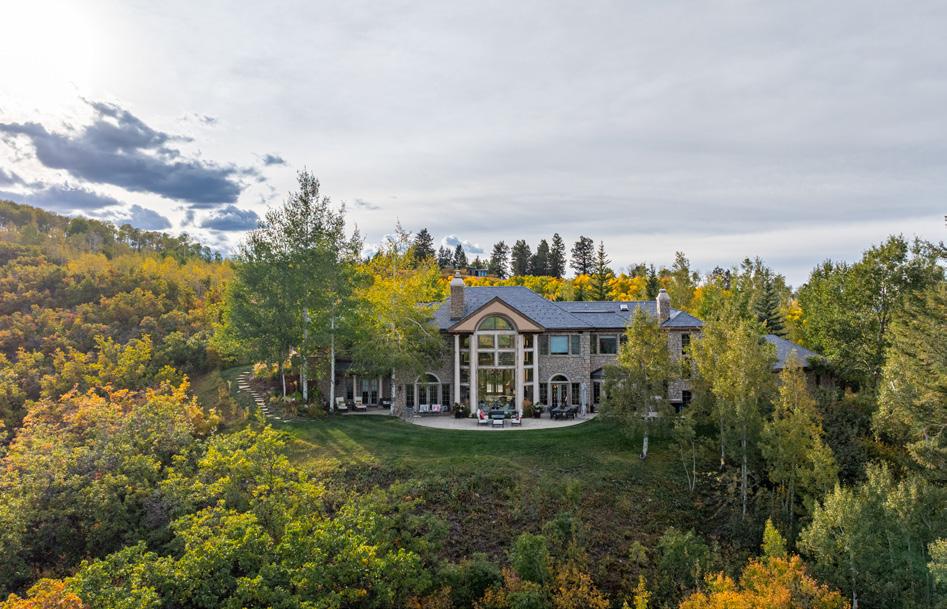

Compared to 2023, the median price of townhomes and condominiums in Aspen declined from $3.275 million to $3.25 million, while the average price declined 10% to just over $4.7 million.
The number of properties sold through September increased from 64 in 2023 to 84 in 2024. The increase in sales pushed dollar volume up 18% to just under $397 million and the average price per square foot increased 10% to $3,120.
Aspen condominium and townhome inventories increased from 46 units last September to 72 units this year a 57% increase, the largest year-over-year increase in the region.
The most expensive unit sold so far this year was an impressive $32 million, still well below last year’s record sale of nearly $48 million.
The average days on market for condominiums and townhomes through September was 147 days, up from 131 days last year. The percentage of sold price to original list price decreased from 96% last year to 95% this year.


FAMILY HOMES
In Snowmass Village, the median sale price of a single-family home through September was $7.2 million compared to 2023 when the price was $6.65 million, an 8% increase. The average price increased 9% to just over $8.6 million and the average price per square foot rose 14% to $1,854.
Year-over-year closed sales through September were virtually unchanged at 23, but rising prices pushed overall dollar volume up 4% to $198.2 million.
There were 16 single-family homes for sale in Snowmass Village at the end of September, compared to 18 at the end of September 2023, an 11% decrease.
The most expensive single-family home sold through September in Snowmass Village was $24.5 million, while the highest price during the same period in 2023 was $22.425 million.
The days on market for single-family homes in Snowmass Village declined from 167 days last year to 137 days this year, while the percentage of sold price to original list price rose from 92% last year to 94% this year.


Condominium and townhome median prices in Snowmass Village through September 2024 gained just 3% year-over-year to just under $1.9 million. The average price rose 14% to just under $2.6 million, while the average price per square foot rose 12% to $1,812.
Closed sales through September 2024 declined by about onethird year-over-year to 87, and overall sales volume declined 22% to $226 million.
At the end of September there were 44 townhome or condominium units on the market in Snowmass Village, compared to 48 last year.
In the Snowmass Village condo/townhome market, the most expensive property sold through September 2024 was $9.5 million, compared to the highest sale price during the same period last year of $9.0 million.
The percentage of sold to original list price declined from 98% to 95%, while the days on market declined from an unusually high 447 to 102.
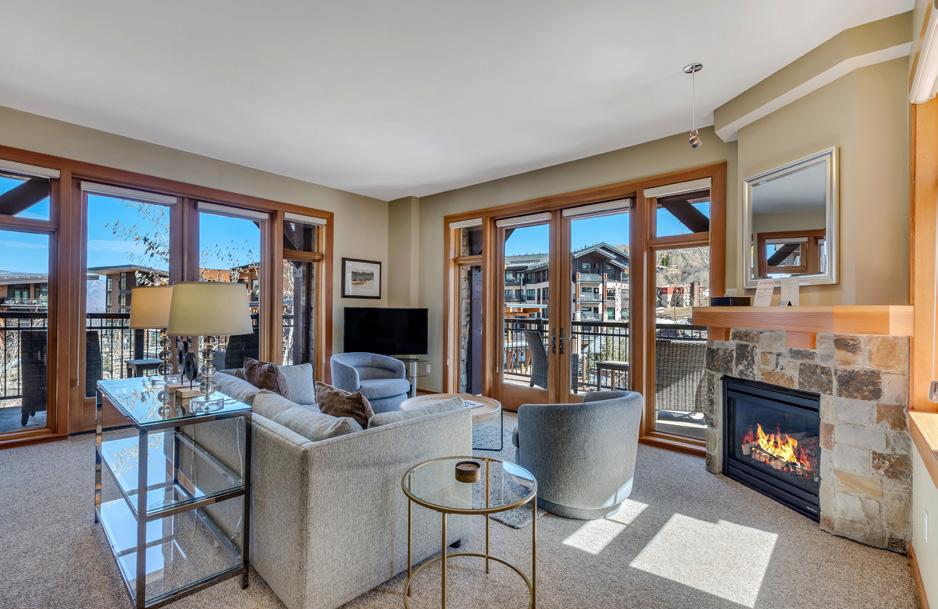


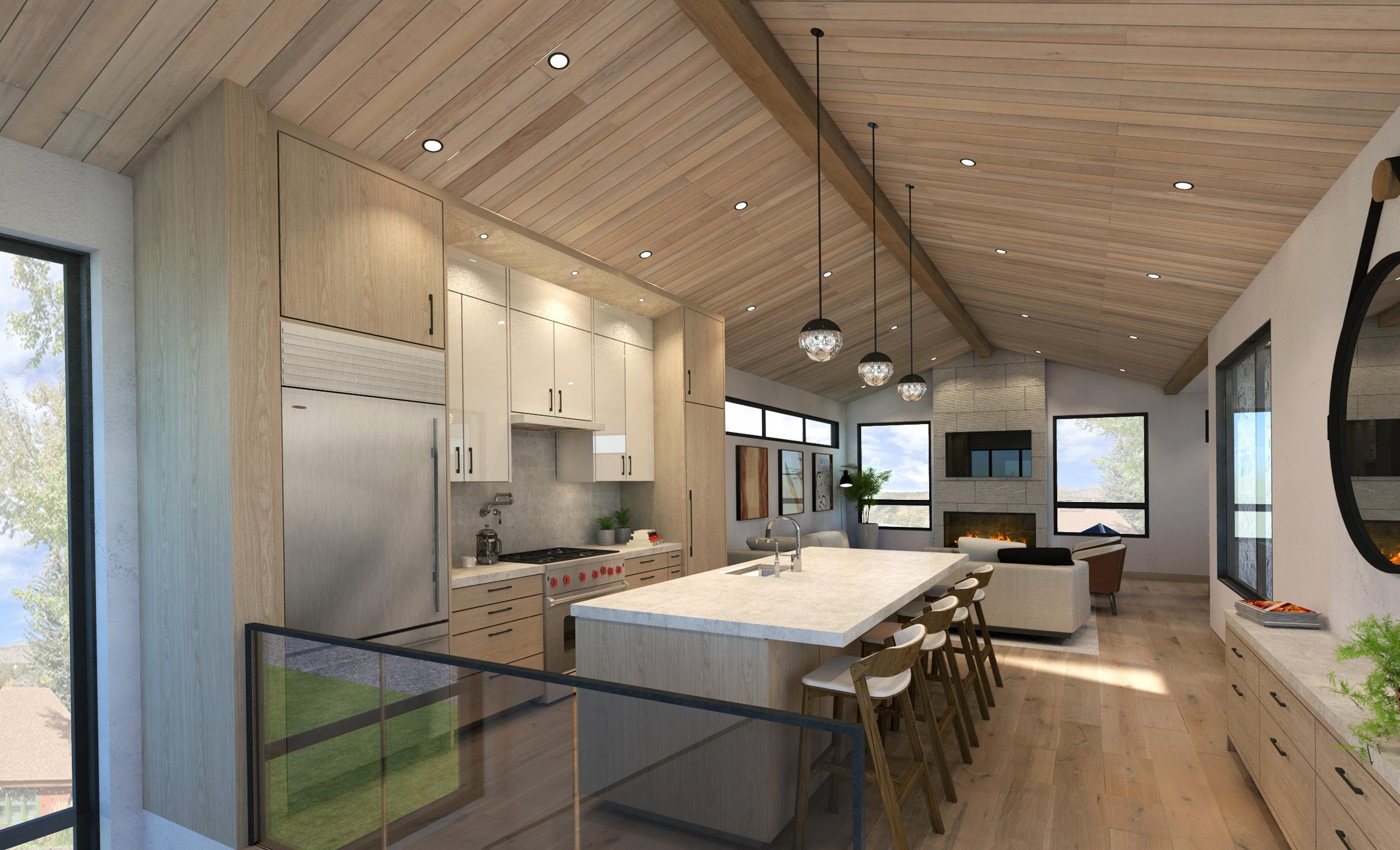










$28,500,000
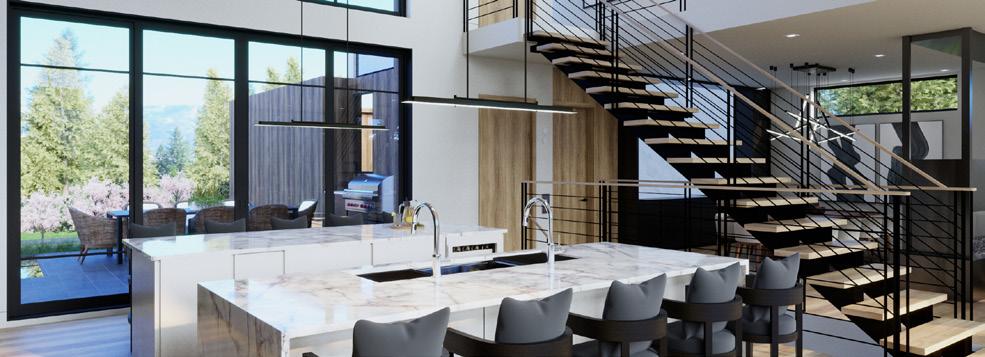








$18,450,000 OPEN-LIVING CONCEPT
4 BEDS | 4F, 2H BATHS | 4,744 SF 349 DRAW DRIVE, ASPEN 60 Red Mountain Sanctuary

Slope-Side Living on Snowmass
$16,800,000 HAVENS ON FANNY HILL
4 BEDS | 4F, 1H BATHS | 3,359 SF HAVENS 8, SNOWMASS VILLAGE 60

$28,500,000 NEW CONSTRUCTION
5 BEDS | 5F, 1H BATHS | 5,174 SF 750 S STARWOOD ROAD, ASPEN 60 West End Retreat
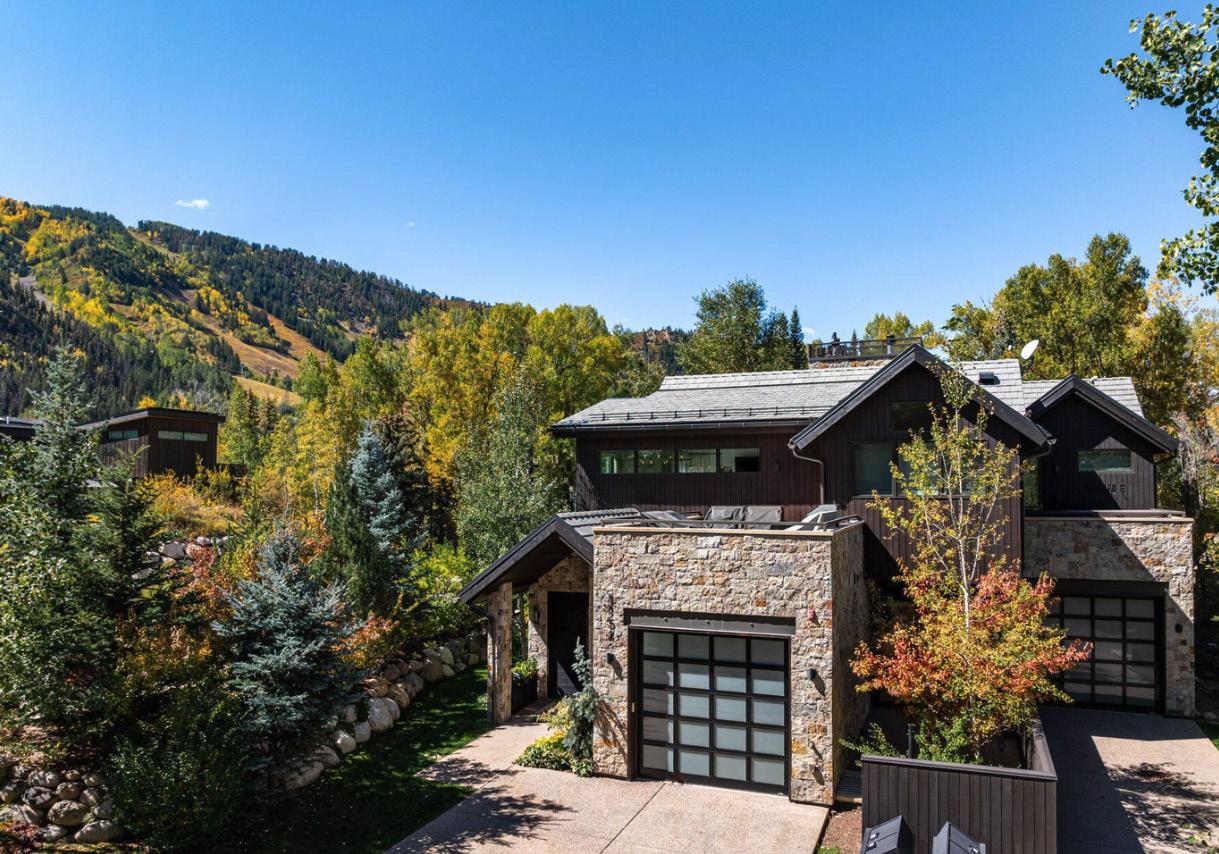
$13,995,000 STROLL INTO DOWNTOWN Spectacular Views of Aspen
4 BEDS | 4F, 1H BATHS | 2,901 SF 1154 E COOPER AVENUE, ASPEN

5 BEDS | 5F, 1H BATHS | 3,870 SF 101 S SEVENTH ST UNIT A, ASPEN 660 Shadow Mountain Duplex
Maroon Creek Townhome
$12,850,000 MODERN MOUNTAIN DESIGN

Whispering Creek Ranch
$9,000,000 158-ACRE SANCTUARY
2 HOMES | 3 PONDS | 158 AC 964 LOWER RIVER ROAD, SNOWMASS

$11,995,000 STEPS FROM TIEHACK
4 BEDS | 4F, 1H BATHS | 4,633 SF 714 OREGON TRAIL, ASPEN
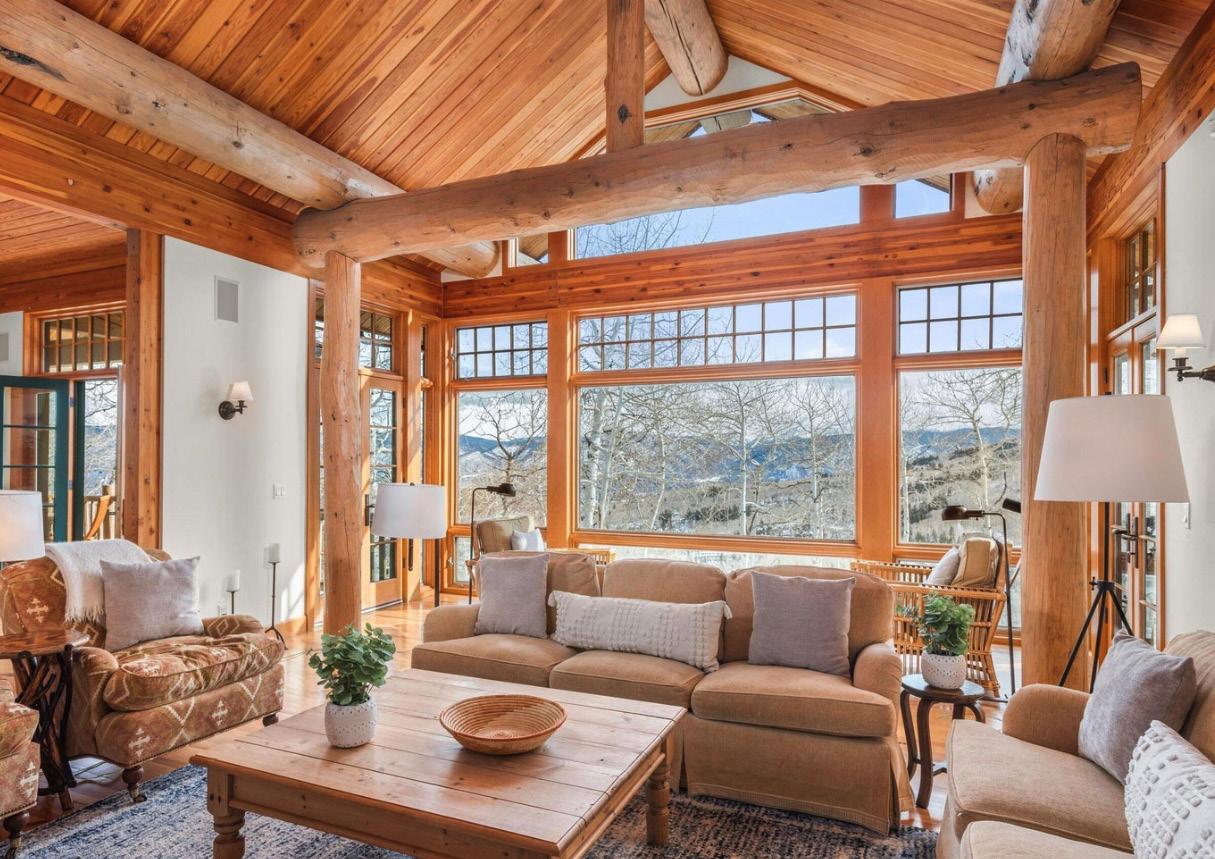
$8,500,000 CLASSIC MOUNTAIN DESIGN
5 BEDS | 4F, 1H BATHS | 4,328 SF 1614 FARAWAY ROAD, SMV Ridge Run Snowmass Ski Home

$4,600,000
3

$3,275,000
2


$2,600,000
3
$3,400,000
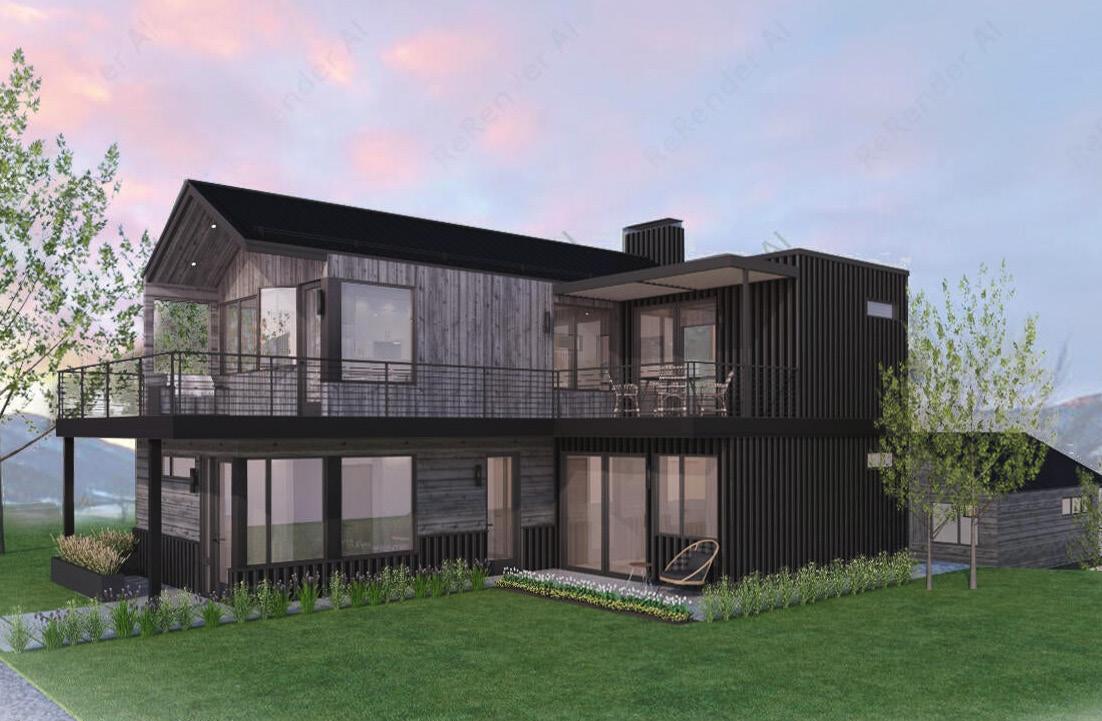


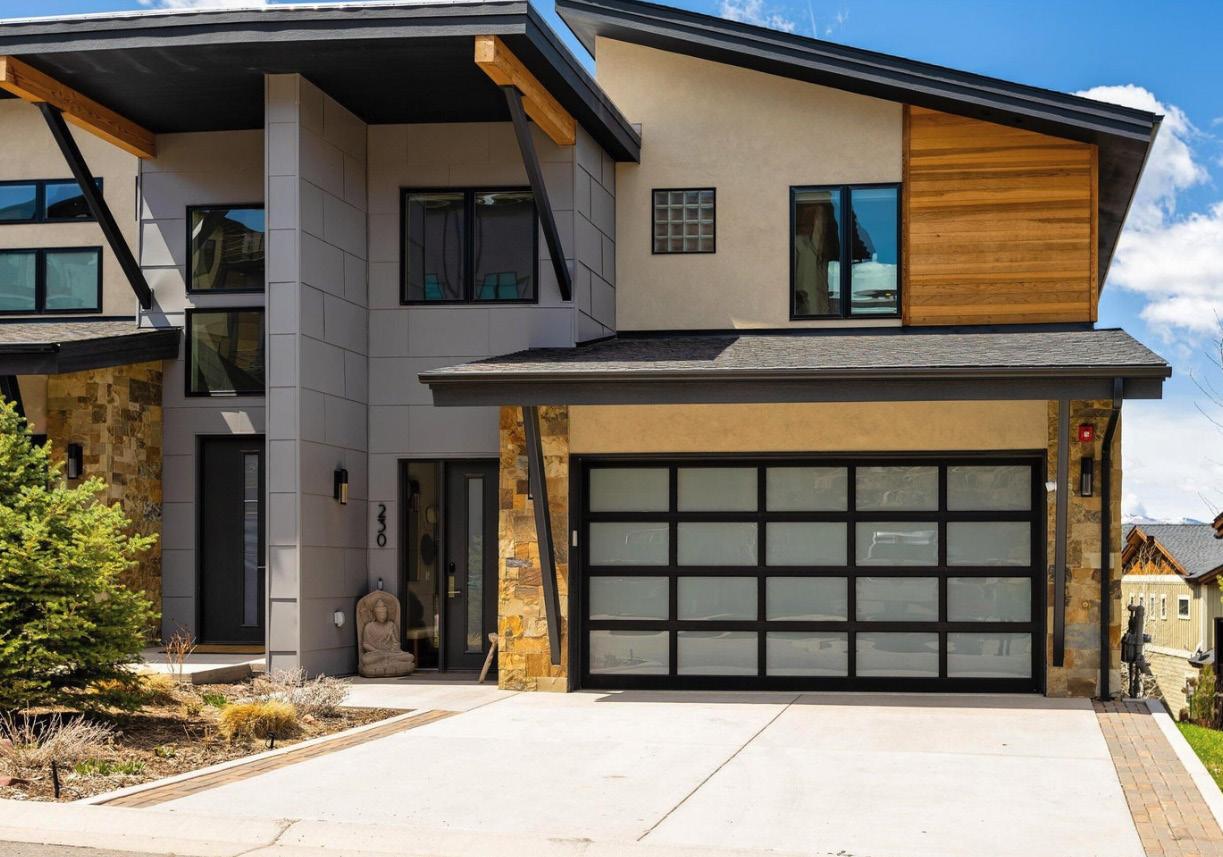

Perfect Riverfront Retreat
$1,995,000 MINUTES TO CARBONDALE
2 HOMES | 4 BEDS | 2.5 BATHS | 1.54 AC
236 S BILL CREEK ROAD, CARBONDALE 60

Discover Mountain Luxury Living
$1,760,000 SKI-IN, SKI-OUT
2 BEDS | 2 BATHS | 757 SF 130 WOOD ROAD 505 & 507, SMV

Mountain Luxury Living
$880,000 VICEROY, SKI-IN, SKI-OUT
STUDIO | 1 BATH | 381 SF VICEROY #505, SNOWMASS VILLAGE
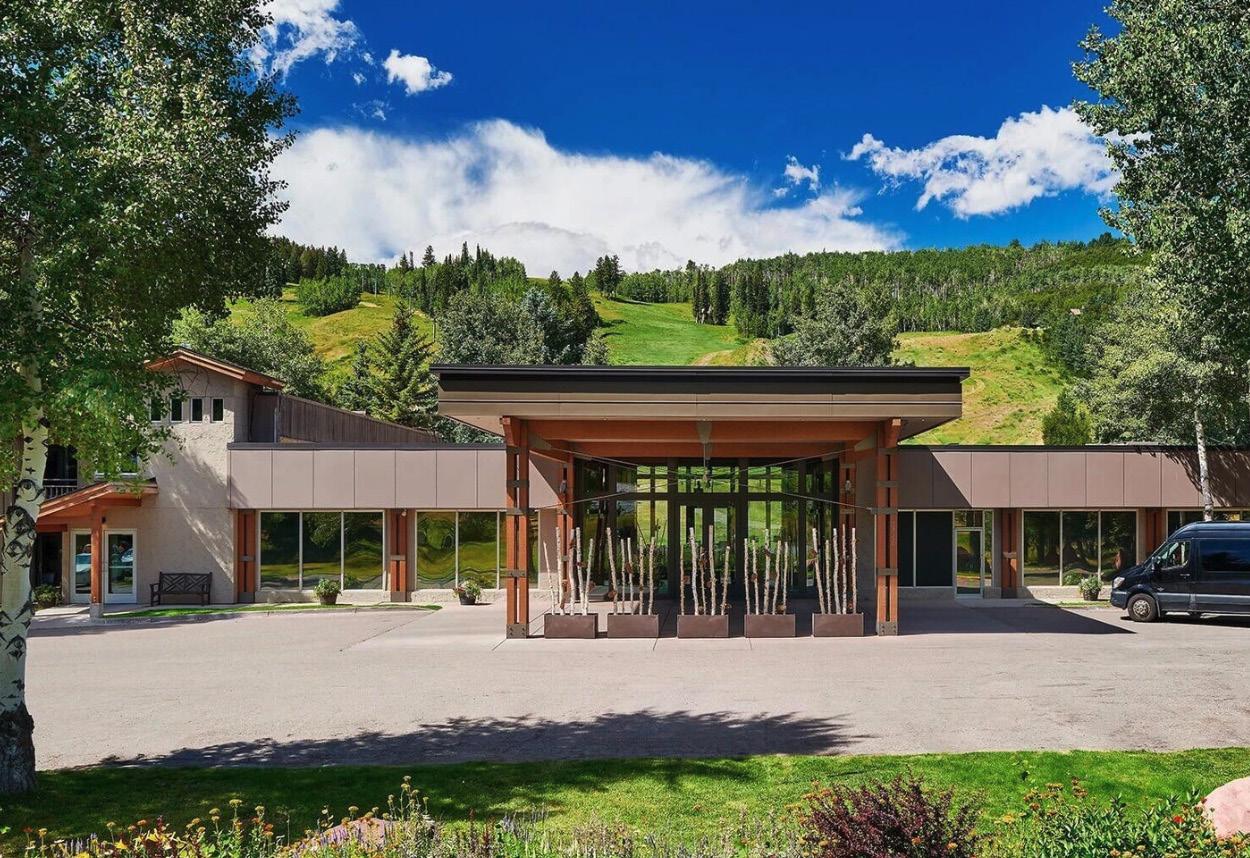
Room at the Base of Buttermilk
$837,500 INN AT ASPEN, SKI-IN, SKI-OUT
STUDIO | 1 BATH | 347 SF
INN AT ASPEN UNIT 2270, ASPEN

Charming Aspen Ski Condo
$1,975,000 IN THE HEART OF ASPEN
2 BEDS | 1F, 1H BATHS | 710 SF 725 E MAIN STREET #209, ASPEN

Welcome to Your Dream Homesite
$925,000 PICTURESQUE LOT
1 ACRE COUNTY-APPROVED PLANS 1630 GATEWAY ROAD, SNOWMASS

Luxurious King-Sized Studio
$880,000 VICEROY, SKI-IN, SKI-OUT
STUDIO | 1 BATH | 376 SF VICEROY #507, SNOWMASS VILLAGE

Room at the Base of Buttermilk
$837,500 INN AT ASPEN, SKI-IN, SKI-OUT
STUDIO | 1 BATH | 347 SF
INN AT ASPEN UNIT 2272, ASPEN


